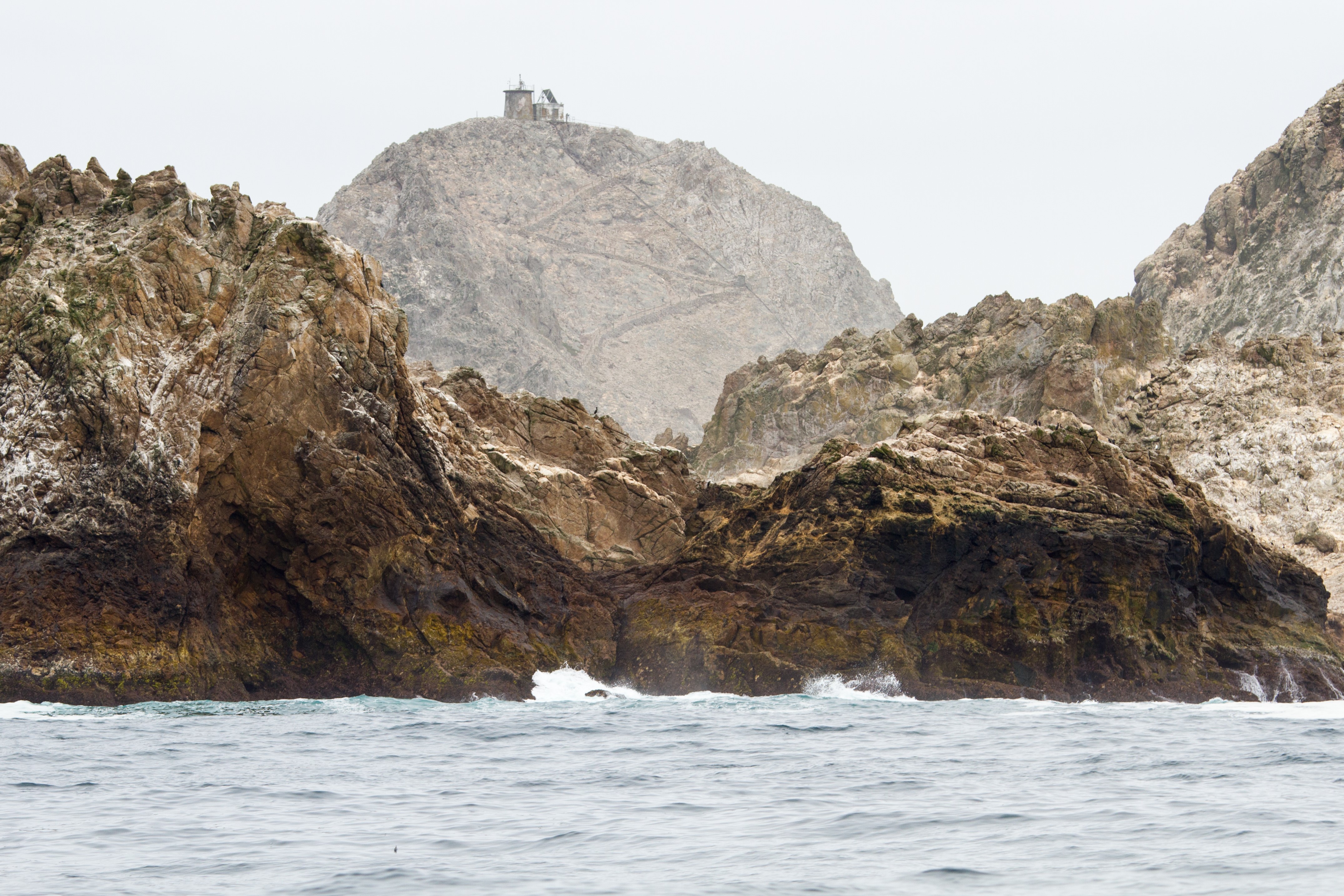10
Jul
U.S. Fish and Wildlife Service Proposes to Drop 1.5 Tons of Rodenticide on National Wildlife Refuge
 (Beyond Pesticides, July 10, 2019) The California Coastal Commission will host a public hearing today on a U.S. Fish and Wildlife Service (USFWS) proposal to drop 1.5 tons of the rodenticide brodifacoum, an extremely potent anticoagulant, on the Farallon Islands National Wildlife Refuge. The Los Angeles Times headline on July 7 read, “Biologists say it’s for the best.” At the least, it is important to highlight that all biologists have not come to a consensus and the topic is very much still under debate. The commission has already received over 700 emails regarding the drop, with 600 opposing it.
(Beyond Pesticides, July 10, 2019) The California Coastal Commission will host a public hearing today on a U.S. Fish and Wildlife Service (USFWS) proposal to drop 1.5 tons of the rodenticide brodifacoum, an extremely potent anticoagulant, on the Farallon Islands National Wildlife Refuge. The Los Angeles Times headline on July 7 read, “Biologists say it’s for the best.” At the least, it is important to highlight that all biologists have not come to a consensus and the topic is very much still under debate. The commission has already received over 700 emails regarding the drop, with 600 opposing it.
Home to rare, endemic seabirds such as the ashy storm-petrel, the Farallon Islands certainly have a serious mouse problem – 59,000 rodents occupy the rocky islands. Mice compete with native species for resources and attract an average of six burrowing owls a year. Owls feast upon ashy storm-petrels when mouse populations drop during the winter, killing hundreds of petrels annually. The global population of the ashy storm-petrel is small (10,000 – 20,000), but it is not considered an endangered species. The Audubon Society in California, which supports the brodifacoum program, worked with experts who say the eradication of invasive mice is the top priority for protecting the ashy storm-petrel from further decline.
Critics do not deny that invasive mice need to be managed on the islands but take issue with the aerial broadcast of an extremely potent rat poison. “This is a case of using a shotgun to go after an ant,” said Richard Charter of the Ocean Foundation. Curious and hungry nontarget species such as Western Gulls, fish, and other marine animals become poisoned when they eat bait. What more, there can be secondary exposure when raptors or marine animals consume these poisoned animals. The predicted losses of Western Gulls from this project, for example, is approximately 1,700 individuals. As it takes a while for the poison to take effect, some fear that gulls will drop gruesomely from the sky in public places along the coast. USFWS says they will integrate a nonlethal “hazing” to keep nontarget birds at bay during peak poison times, but that does not protect marine animals from pellets dropping into the ocean.
A 2015 study conducted after aerial drop of rodenticides on Palmyra Island off the coast of Hawaii reported, “We documented brodifacoum [rodenticide] residues in soil, water, and biota, and documented mortality of nontarget organisms. Some bait (14–19% of the target application rate) entered the marine environment to distances 7 m from the shore. After the application commenced, carcasses of 84 animals representing 15 species of birds, fish, reptiles and invertebrates were collected opportunistically as potential nontarget mortalities. In addition, fish, reptiles, and invertebrates were systematically collected for residue analysis. Brodifacoum residues were detected in most (84.3%) of the animal samples analyzed. Although detection of residues in samples was anticipated, the extent and concentrations in many parts of the food web were greater than expected.”
Despite the unintended consequences, USFWS claims that aerial drops of copious amounts of poison is the only effective way to get rid of the mice, and points to islands in New Zealand where it has worked before. However, local fisherman and conservationists in New Zealand had qualms with the collateral damage of rodenticides on the Rangitoto and Motutapu Islands. Penguins, dolphins, and fish were found dead directly after aerial deposits, but public officials never tested them for brodifacoum.
A bait station where the rodenticides and their targets are contained, in combination with other methodologies, is an example of an effective albeit labor-intensive middle ground approach to extirpation. Beyond Pesticides is of the opinion that a brodifacoum drop is a toxic, simple solution to a complex problem that requires more research into integrated alternatives.
Beyond Pesticides offers information on integrated pest management (IPM) and safe alternatives to toxic pesticides in our ManageSafe™ resource.
All unattributed positions and opinions in this piece are those of Beyond Pesticides.
Source: Los Angeles Times











US Fish & Wildlife withdrew their plan to aerial bomb 1.5 tons of rodenticide on the Farallon Islands at the public hearing of the California Coastal Commission today. They were getting some tough questions from the Commissioners about non-target kills and ocean pollution that weren’t being answered to their satisfaction. Rather than get a negative vote from the Commission, USFWS chose to withdraw their plan before the vote. They said they would be back with a revised plan. We shall see. This plan has been in progress for nearly 10 years and it has not been altered during that period. So, it remains to be seen if they can revise the plan to the satisfaction of the Commission. Thanks for your help to recruit public comments. I have heard that there were over 600 comments in opposition to the project.
July 10th, 2019 at 9:59 pmThere will be many “unintended consequences”, including birds of prey dying who eat rodents. Leave nature alone! Stop poisoning our environment and world!
July 15th, 2019 at 8:04 am